Using marijuana for pain treatment
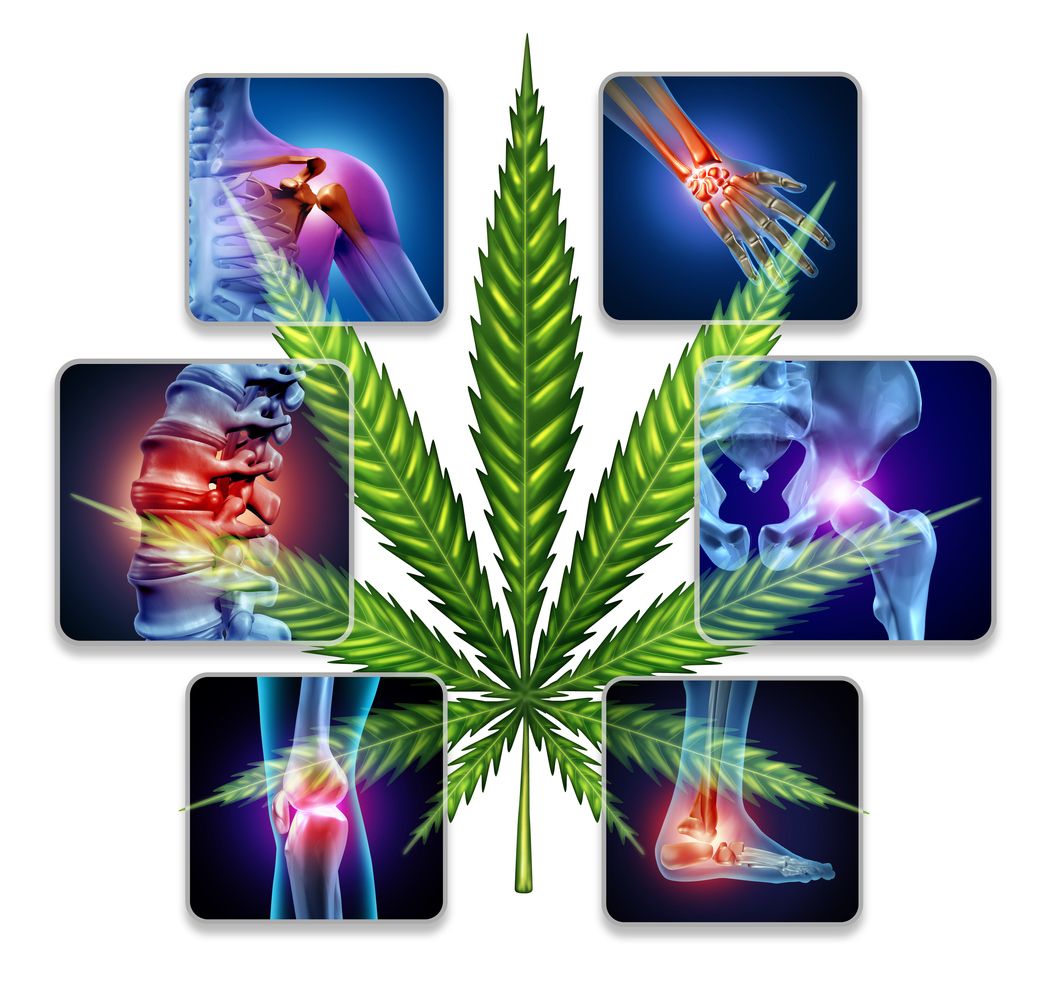
For those who are seeking direction or recommendations on how to use cannabis or hemp products for pain management, the advice available can take ages to sift through and is almost impossible to personalize or decipher. There are many new and exciting terms being thrown around in a society with little understanding of these plants that not long ago, were illegal to possess in most of the western world. It’s easy to see why trying to explore and research this possible alternative might feel daunting to someone inexperienced with these types of products.
If you or someone that you know is seeking pain relief and have no idea where to begin, this is just the place for you. Here we will explain all the basics including essential cannabinoid information, plant-specific clarification, the effects of marijuana on pain and finish with a few world-class medical cannabis strains that are well known for their therapeutic qualities.
Adverse effects of pharmaceutical pain relief options
Currently, two main treatments are used in treating and relieving pain. These include non-steroidal drugs (NSAID) and opioid medications. Both categories of the prescribed medication come with side-effects and are no-where near, as safe as cannabis is.
Opioids are one of the most addictive and life-altering drugs available today. If not used correctly or if they are abused, opioids can be fatal. This is not the case when cannabis or THC products are used for pain control. THC is 20 times more effective than aspirin for controlling pain.
The NSAID that is used to treat the inflammation that can accompany pain also brings with it some unwanted side effects. These can include an increased risk of heart attacks and strokes.
How cannabis relieves different types of pain
The two most primary active cannabinoids that are produced by all weed strains are THC (tetrahydrocannabinol) and CBD (cannabidiol). THC is the psychoactive element that produces the high that is experienced after smoking cannabis, and CBD is known as the anti-inflammatory agent that is most common amongst medical marijuana plant strains. These two components work in combination with one another to provide effective relief from many kinds of pain, but each one serves a unique purpose in action.
THC (Tetrahydrocannabinol) - THC is the first element to begin working on a person’s pain and can be felt as little as 1 minute after smoking marijuana. This cannabinoid interacts with the brains CB1 receptors to trigger a release of naturally occurring chemicals which calms pain and helps to regulate negative emotions such as anxiety or depression. All of which contribute to a better overall state of mind and lower amounts of pain almost immediately after consumption.
CBD (Cannabidiol) - CBD works in a slower, more time released way that will not immediately be felt. Though some users report feeling a decrease in pain within as little as 30 minutes after consuming medical marijuana, the effects will be much less noticeable. CBD will work in two different ways. The first includes an opening of the blood vessels which allows for better absorption of the THC as it coats the receptors and protects the body from any adverse effects of consuming medical marijuana. The second can take days or even weeks to achieve, as a dose of CBD is gradually used to reduce all the inflammation in the body, which in turn minimizes chronic pain.
- Arthritis
- Muscle Spasms
- Back pain
- Migraines
- Headaches
- Inflammatory conditions
- Injury
CBD vs THC
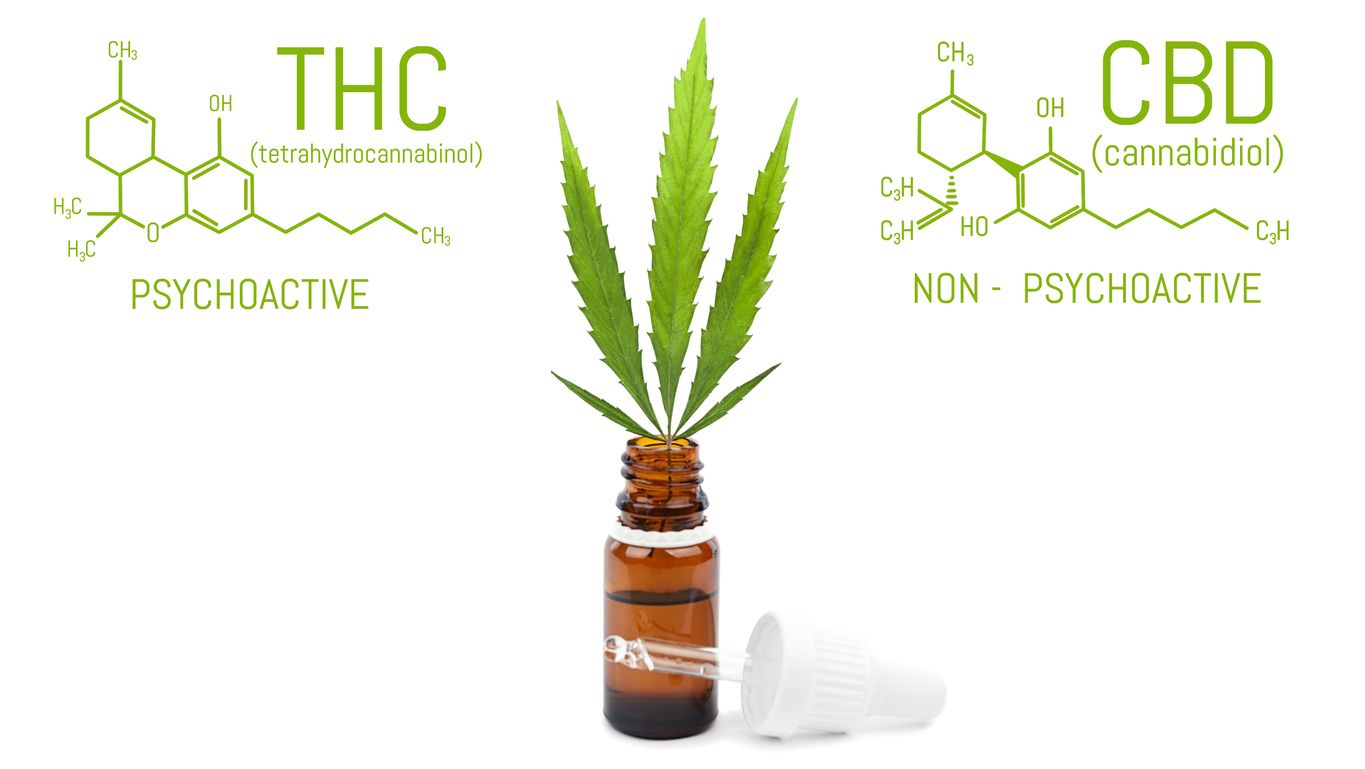
Though we currently know of at least 60 different cannabinoids and 568 molecules that are commonly found in marijuana strains, only 2 have been researched in depth for their beneficial qualities in treating the symptoms of many different painful conditions. They are commonly known as THC and CBD, but also have a more proper term that you should familiarize yourself with.
Tetrahydrocannabinol (THC)
Tetrahydrocannabinol is the only psychoactive cannabinoid that we are currently aware of. Though other aspects of marijuana strains like terpenes can provide additional stress-relieving effects, the majority of the immediate relief achieved from cannabinoid products is thanks to THC. It is found in more substantial amounts in cannabis but is also present in trace amounts in hemp plants. This component is responsible for the stereotypical high including euphoric sensations that are often associated with marijuana use.
Possible side effects of THC
The effects of marijuana and THC can dramatically differ from one user to the next. These potential side effects are all either easily managed, and most often caused by a low tolerance or overconsumption. The most commonly experienced and reported adverse effects are listed below.
- dry mouth
- dry eyes
- a sudden increase in appetite
- sleepiness
- headaches
- anxiety
- paranoia
Cannabidiol (CBD)
Cannabidiol is the active ingredient in products that are marketed as containing CBD. It is non-psychoactive and does not provide any type of immediate relief or effects. It is instead used to treat inflammation and can take several weeks after you begin treatment to see any noticeable difference in pain levels.
Possible side effects of CBD
How an individual reacts to a dose of CBD is dependent on several factors, including tolerance and sensitivity. It is rare for CBD to produce almost any felt effects at all when taken in moderation. The most commonly reported symptoms from CBD products consumers are listed below:
- upset stomach
- nausea
- sleepiness
Which primary cannabinoids are harvested from marijuana strains?
Both active cannabinoids can be beneficial for managing pain, and both can be extracted using cannabis plants. However, concentrated THC products will always come from a cannabis plant, while CBD is only found in minimal quantities in this species. This is because of the way that marijuana strains have been bred over the years, with the primary focus on THC. The motivator behind this selective breeding process was from growers who were actively catering to the recreational consumers who drove the majority of the black market who sought THC for the high. This nearly eradicated CBD from most cannabis plant’s genetics. Luckily, there are now some CBD pure strains, they are costly, and simply not worth the time required by larger producers and manufacturers.
Which cannabinoids are extracted from hemp strains?
CBD products are one of the most misunderstood on the market today, and as many as 70% or more, people believe that it is a product derived from cannabis plants. Mainly due to the fact their recent arrival coincides with marijuana legalization, but the truth is that most CBD products are made using hemp plant as a base for the extraction. This is because industrial hemp strains will naturally provide high amounts of CBD with almost no THC, allowing for products that help with inflammation and pain, but won’t get you high.
The benefits of marijuana for pain management
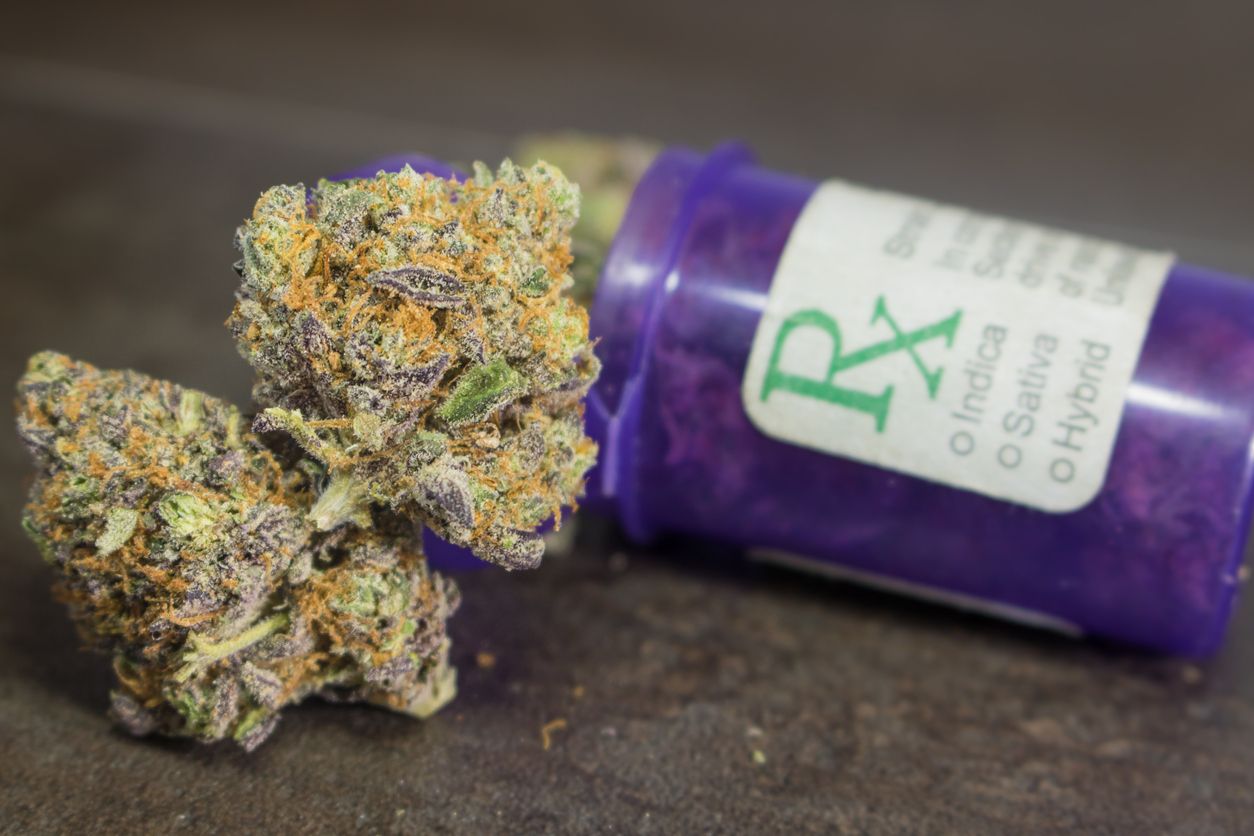
The benefits of using marijuana or hemp-based products for hemp management will differ depending on which cannabinoids are being utilized. However, a combination of the two has remained recommended in the results of almost every clinical trial that has studied both cannabinoids in depth for efficacy. Many diseases and illnesses come saddled with a host of symptoms that are often associated with the amount of pain the person might experience. There are so many ways that these cannabinoids can be beneficial, that it would be impossible to list them all, but here are a few of the most powerful qualities that we know exist so far.
- weight loss
- regulation and prevention of diabetes
- Cancer-fighting
- Calming which benefits depression, anxiety, pain, ADHD and PTSD sufferers
- anti-nausea
- regulation of symptoms of autism
- safe alternative to alcohol
- anti-spastic
- anti-seizure
- faster healing
- improves lung health
- muscle spasm relief
- increased appetite
- relieves Arthritis
- metabolism regulation
- headache relief
- skin condition improvement
- regulates blood pressure
Cannabis research on pain relief
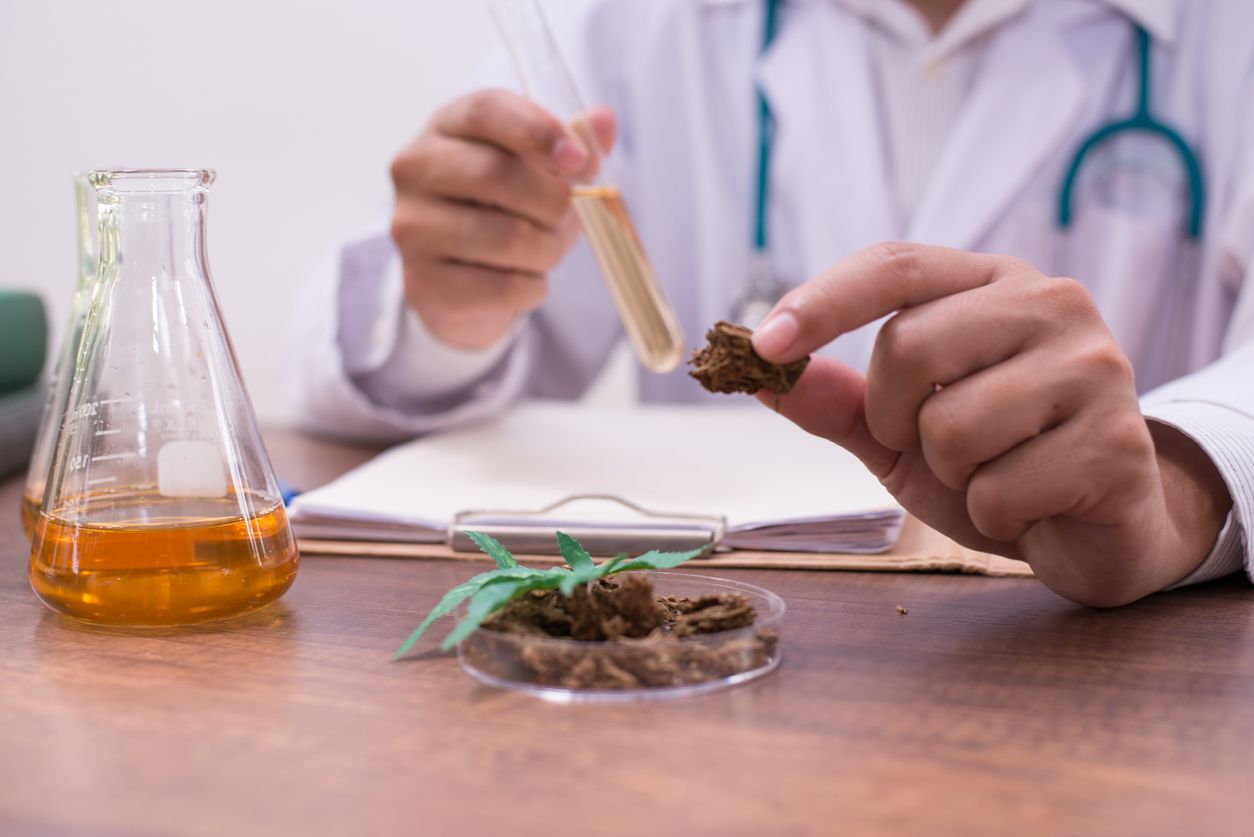
A recent study on marijuana for pain was conducted by the Department of Molecular and Cellular Biology at the University of Guelph, in Ontario, Canada. They initially investigated two elements of cannabis, including cannaflavin A and B in 1981, at which point nothing about their biosynthesis or unique enzymes were known. Researchers there were able to document an astounding result, which shows that some marijuana strains can provide powerfully, medicinal effects that work up to 30 times better than treatment with a more traditional aspirin tablet.
What do cannaflavin A&B do?
These two prenylated flavonoids are produced in the most abundant quantities by Cannabis Sativa varieties and have now been confirmed to offer anti-inflammatory characteristics that are up to 30 times more potent than aspirin. They are metabolites that are also believed to provide a plethora of additional medicinal benefits that have yet to be confirmed.
The results
-
Patients saw an average of 30% decrease in pain with cannabis-derived elements.
-
The effects of marijuana cannabinoids work in conjunction with these smaller elements to provide effective relief, both immediately and long term for pain.
-
The participants who saw the most significant reduction in symptoms had been diagnosed with conditions, such as multiple sclerosis, arthritis and injury.
Best strains for different types of pain

Some of these cannabis strains might have some traces of CBD, but for the most part, they are designed specifically to provide potent doses of THC.
1. Ghost Train Haze
Type: 50/50 Hybrid
THC content: 22%
2. Kosher Kush
Type: Indica
THC content: 21%
3. Purple Kush
Type: Indica dominant hybrid
THC content: 20% - 27%
4. Hindu Kush
Type: Indica
THC content: 18% - 25%
5. Afghan Kush
Type: Indica
THC content: 16% - 25%
Best marijuana strains high in CBD for the management of pain
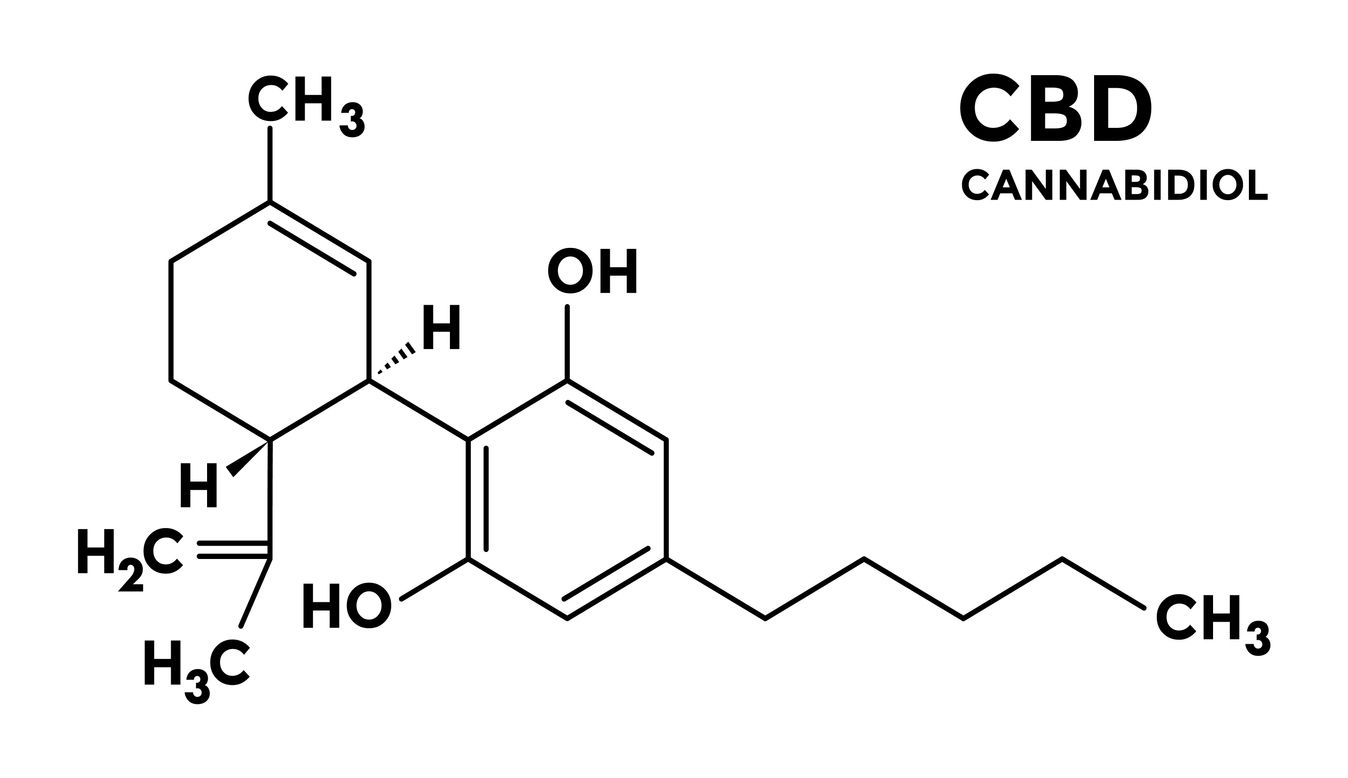
Though THC tends to be considered high if it’s over the 20% range, that is not true when looking at the CBD content. An average cannabis plant will produce 4% or less CBD, so anything above that is a high producing strain. These 5, world famous, high CBD strains are some of the best medicinal marijuana strains in existence today:
1. CBD Fix Auto
Type: Sativa dominant hybrid
CBD content: 7% - 15%
THC content: 1%
2. Candida
Type: Even 50/50 hybrid
CBD content: 10% - 21%
THC content: 1%
3. Fast Eddy
Type: Sativa dominant hybrid
CBD content: 9% - 18%
THC content: 9%
4. Sweet Pure CBD
Type: Sativa dominant hybrid
CBD content: 8% - 15%
THC content: 0.4% - 1%
5. Dinamed CBD
Type: Sativa dominant hybrid
CBD content: 10% - 14%
THC content: 0.5%
Marijuana for pain and strains with a ratio of 1:1 THC and CBD
No cannabis plant is perfect, and very few will provide a perfectly divided amount of these beneficial cannabinoids, but these 5 strains are as close as it gets and provide the best of both worlds in one.
1. Dancehall
Type: Sativa dominant hybrid
THC and CBD content: 9% - 16%
2. Pennywise
Type: Indica dominant hybrid
THC and CBD content: 12% - 15%
3. Sweet and Sour Widow
Type: Indica dominant hybrid
THC and CBD content: 5% - 11%
4. Argyle
Type: Indica dominant hybrid
THC and CBD content: 4% - 8%
5. Cannatonic
Type: Even 50/50 hybrid
THC and CBD content: 7% - 15%
There are many more incredible marijuana strains in existence today that have the potential to help to manage various levels of pain. The main thing to remember is that for instant relief, you will likely need a significant dose of THC, but CBD can help you to feel better once the effects of the THC wear off by taming inflammation and soothing other problems that are often responsible for pain. All while you sit back and relax in therapeutic bliss. It’s always recommended, especially for medicinal users, to use a fair combination of both cannabinoids for the best chance at effective relief.


